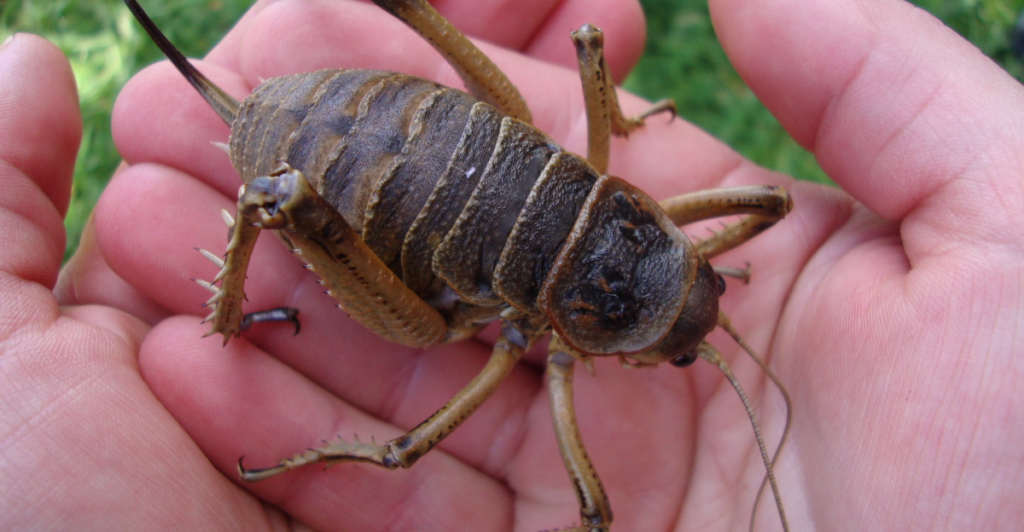
The United States has a huge variety of different insects to offer, including some of the biggest and most interesting species in the whole world. From giant walking sticks to giant beetles, these bugs can be found scanning the habitats in America. Here are 12 of the biggest insects in the US, as well as information on where to find them.
1. Giant Walking Stick Insect (Megaphasma denticrus)
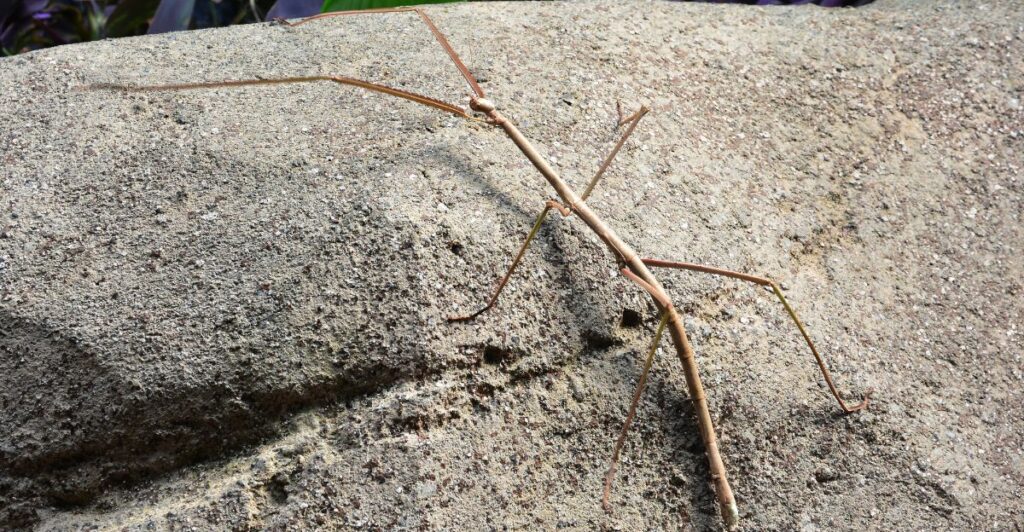
The Giant Walking Stick Insect is one of the heaviest of the North American insects, with some individuals reaching weights of 65 grams. Native most commonly to woodlands and grasslands in the southern United States, this insect is obscured by excellent camouflage and hard to catch sight of.
2. Giant Ichneumon Wasp (Nortons Ichneumon)
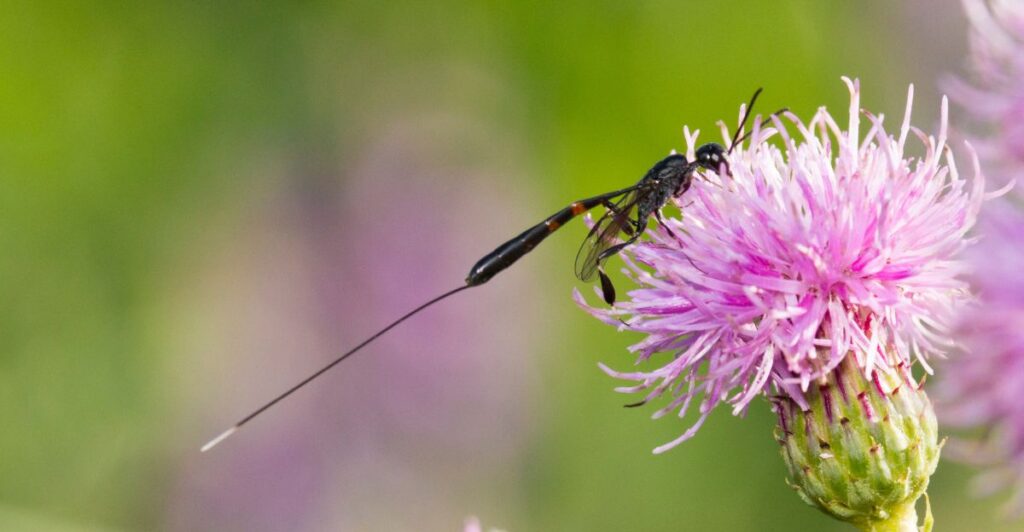
Norton’s Ichneumon Wasp is not the largest of the giants but one of the largest wasps. These wasps are typically found in close proximity to the hosts — usually beetle larvae — and they are found across much of North America.
3. Cicada Killer (Sphecius speciosus)
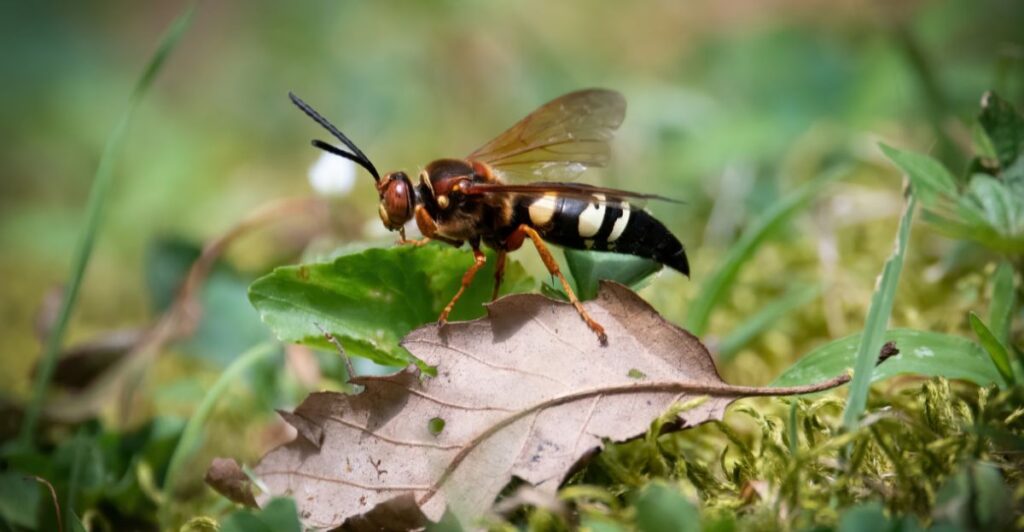
Cicada Killers are huge wasps that torture cicadas by injecting venom into them and then depositing eggs inside their carcasses. They are found in many places across North America, often seen funneling around sandy habitats where they burrow.
4. Large Eastern Crane Fly (Tipula maxima)
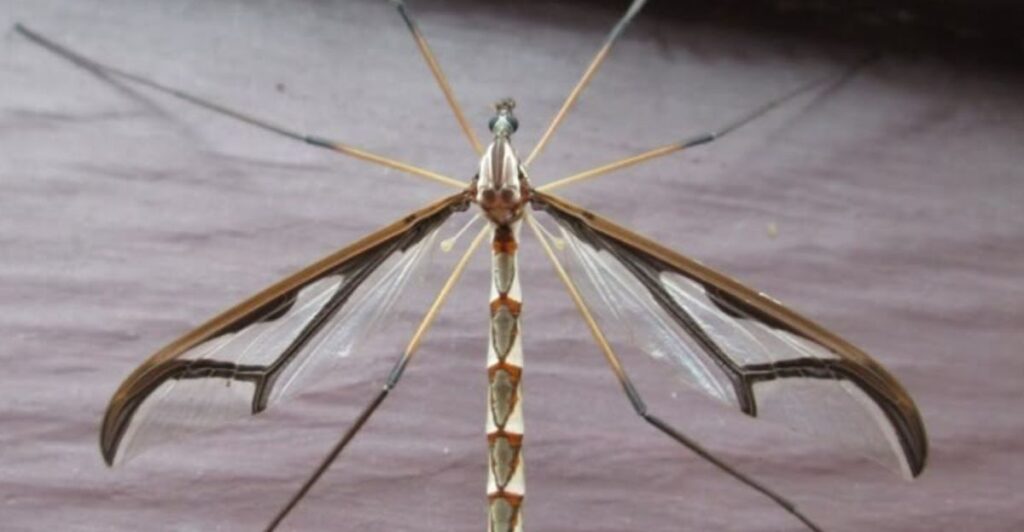
Giant Eastern Crane Flies, while intimidating due to their long legs and large wingspan, do not bite humans; instead, they feed on nectar or pollen. Often confused with giant mosquitoes, they are harmless.
5. Plains Lubber Grasshopper (Brachystola magna)
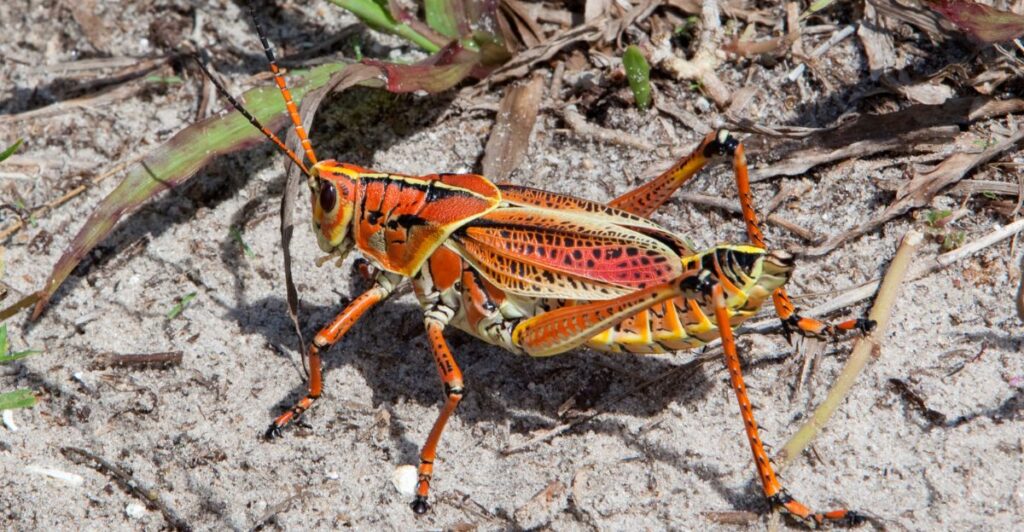
This grasshopper is one of the largest native grasshoppers in North America, comes in vibrant colors, and can fly for short distances despite its size. It is found in open fields and prairies throughout central regions.
6. American Bird Grasshopper (Schistocerca americana)
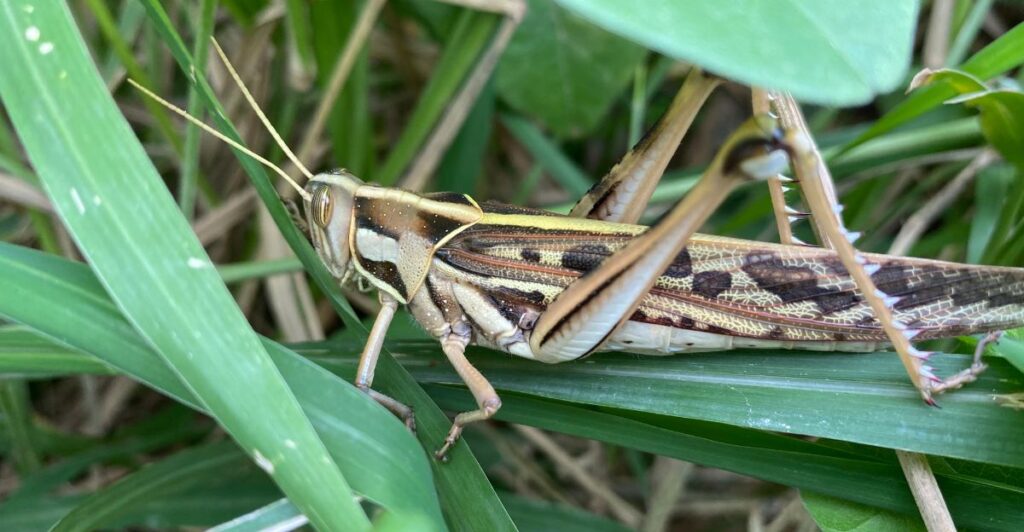
Like many large grasshoppers, American Bird Grasshoppers have impressive jumping abilities but rarely fly great distances due to their size. They inhabit diverse environments ranging from forest margins to agricultural fields.
7. Carolina Locust (Dissosteira carolina)
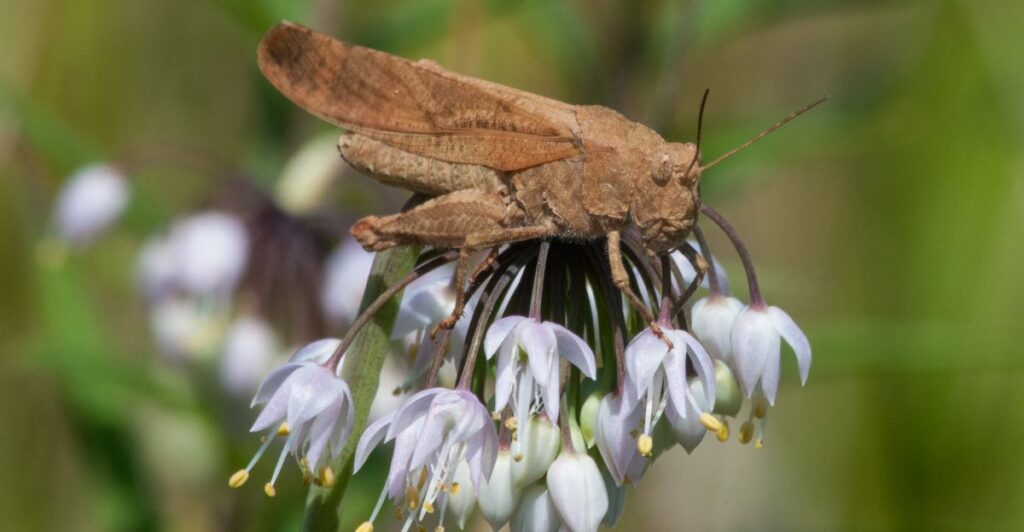
Another example of giant grasshoppers present in eastern regions of North America is Carolina Locusts. Their numbers vary greatly depending on environmental conditions.
8. Fishfly Larvae (Chauliodes spp.)
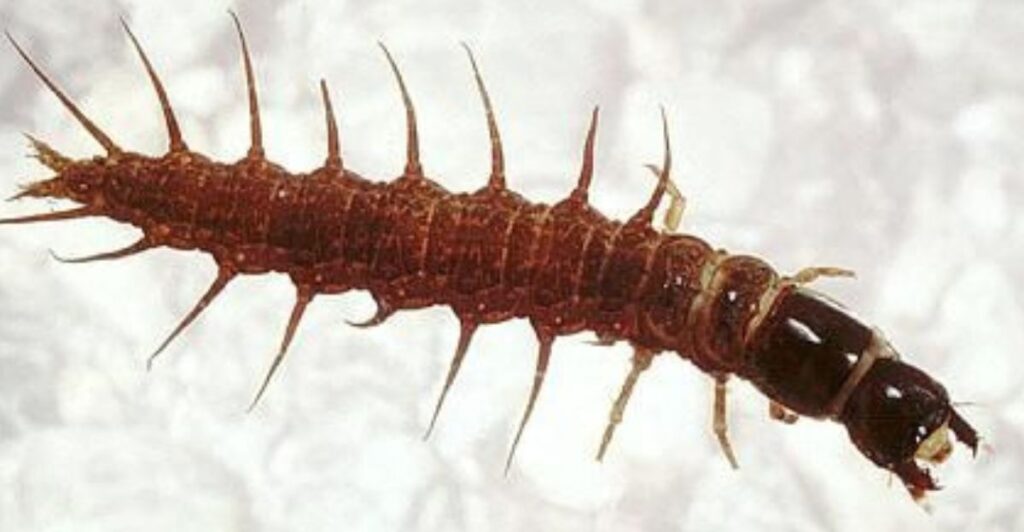
Fishfly larvae become quite large before pupating into adult fishflies, which emerge on land from the aquatic stage of the larva. They live underwater, where they feed on algae or small organisms.
9. Spring Fishfly (Chauliodes formosanus)
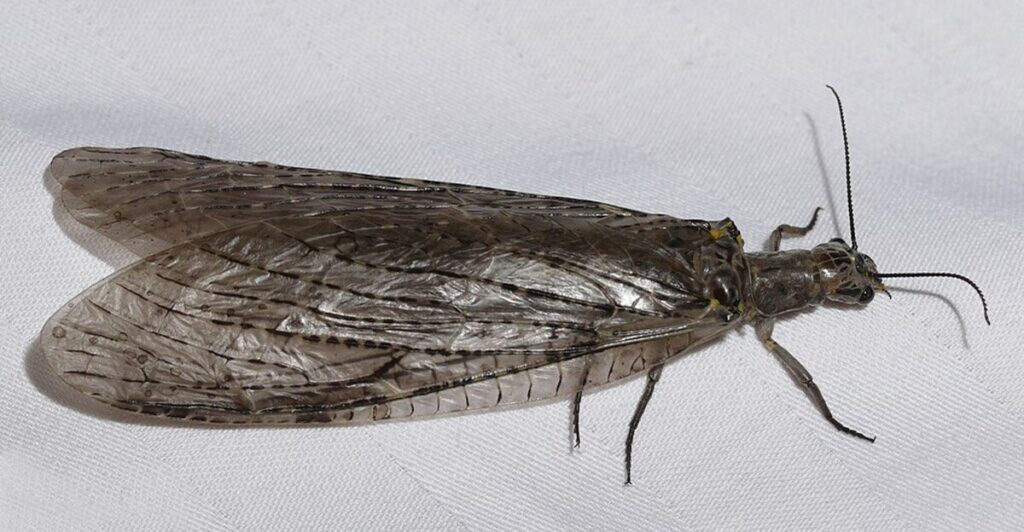
Adult spring fishflies emerge from their aquatic environments (rivers and lakes) during spring events known as “fishfly emergencies,” where these massive numbers draw the attention of nearby residents.
10. Thread-legged Assassin Bug (Emesinae spp.)
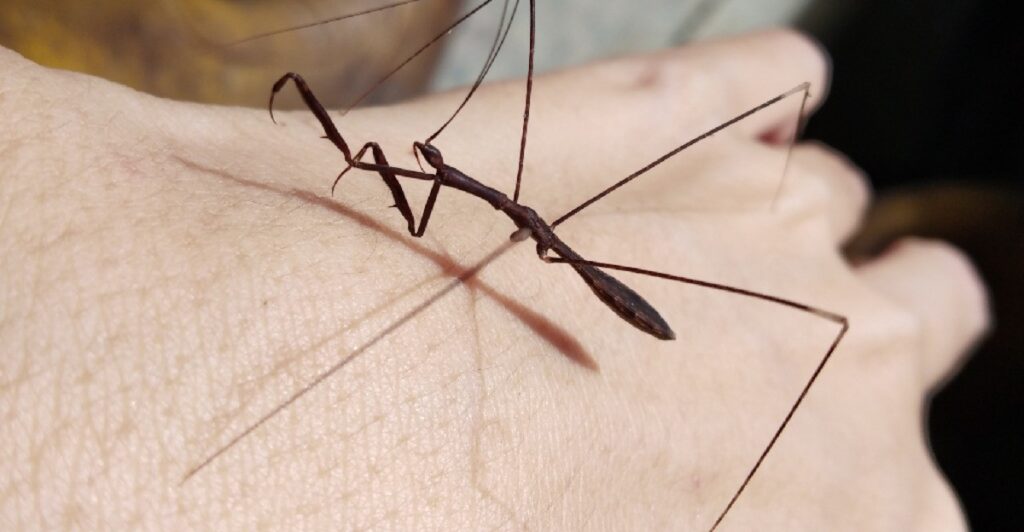
Though not the heaviest or longest insects in general, these bugs have long bodies and long legs, which are well adapted to hunting other small insects. They usually exhibit predatory behavior, which has fascinated entomologists worldwide.
11. Robber Flies (Diogmites spp.)
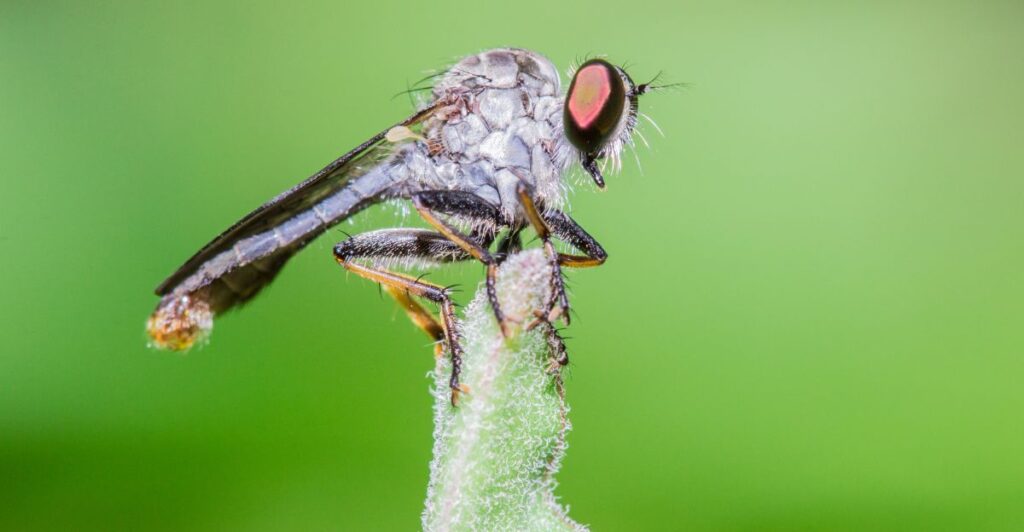
Robber flies are a number of species known for their ability to seize prey mid-flight utilizing fast flight patterns. Most are smaller than the other giant members on this list, but some do have extremely acrobatic hunting patterns.
Differences Among Giants
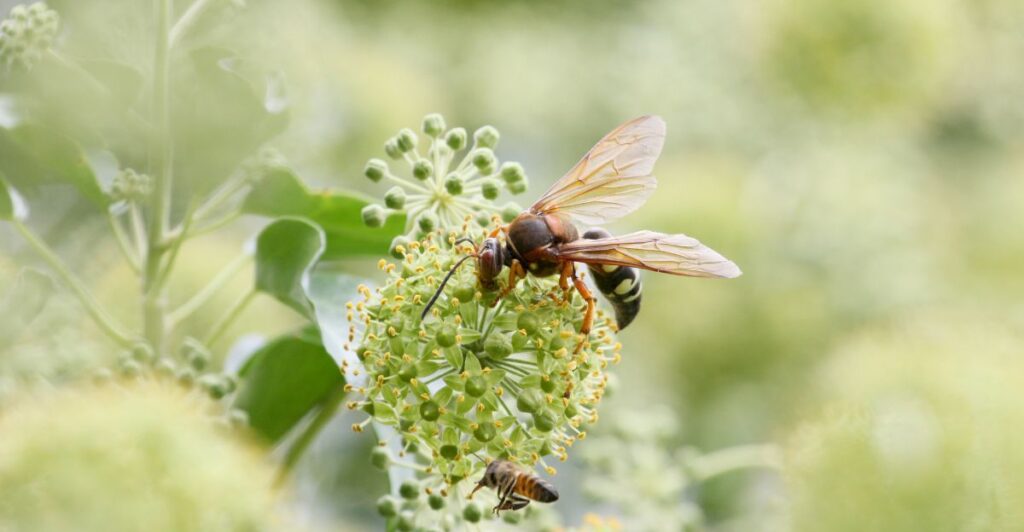
From leaf-mimicking walking sticks to agile predator robber flies that snatch passive victims out of thin air without so much as a warning sign, America is home to an enormous world full of giant insects.
Discover more of our trending stories and follow us to keep them appearing in your feed

The War on Cows Is Over—And Green Extremists Have Lost
After 40 Years Of Tracking Pacific Salmon, This Is What Went Horribly Wrong
California Is Breaking Apart: A Fault Line Is Forming Faster Than Anyone Predicted
Bobcats Are Making a Comeback—And They Might Be Protecting Us From Disease
References:
Reference 1
Reference 2
This article first appeared here
Stay connected with us for more stories like this! Follow us to get the latest updates or hit the Follow button at the top of this article, and let us know what you think by leaving your feedback below. We’d love to hear from you!







